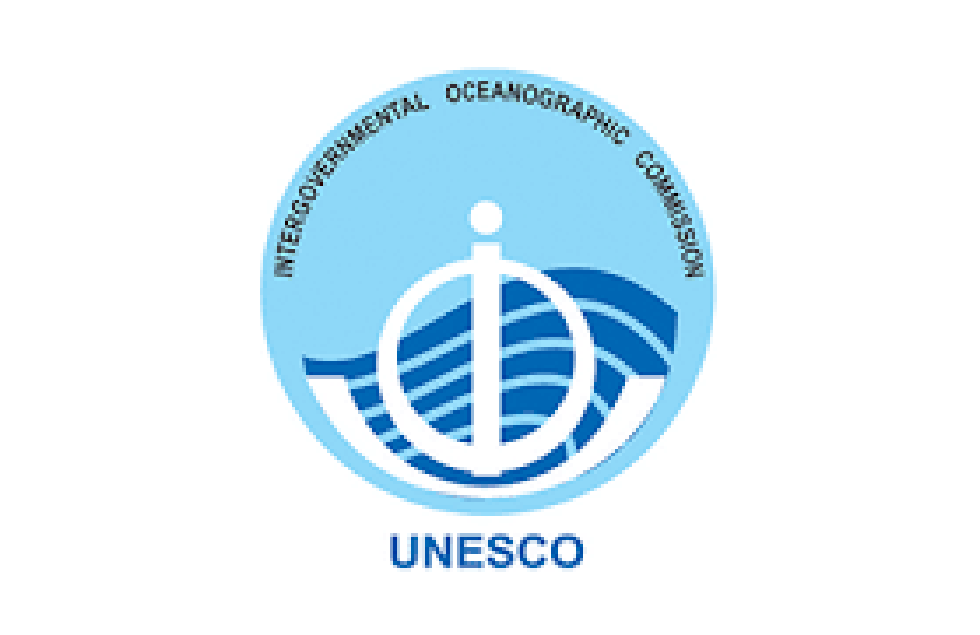About UNESCO’s Intergovernmental Oceanographic Commission:
- It promotes international cooperation in marine sciences to improve management of the ocean, coasts and marine resources.
- The IOC enables its 150 Member States, and India has been a member of this commission since 1946.
- It works together by coordinating programmes in capacity development, ocean observations and services, ocean science, tsunami warning and ocean literacy.
- The IOC is in charge of coordinating the United Nations Decade of Ocean Science for Sustainable Development 2021-2030, the “Ocean Decade”.
Key facts about underwater structures
- There are now seven structures in the Indian Ocean named mainly after Indian scientists or bear names proposed by India in this region of the Indian Ocean.
- All three recently named structures were discovered by oceanographers from the National Centre for Polar and Ocean Research (NCPOR), Goa.
- These are located along the Southwest Indian Ridge area of the Indian Ocean and were discovered during an international survey exploration programme.
- Since 2004, India has been undertaking the Indian Southern Ocean Research Programme with NCPOR being the nodal agency.
- Previously named structures are
- Raman Ridge (accepted in 1992): It was discovered in 1951 by a US oil vessel. It was named after Physicist and Nobel Laureate Sir CV Raman.
- Panikkar Seamount (accepted in 1993): It was discovered by the India research vessel Sagar Kanya. It is named after NK Panikkar, a renowned oceanographer.
- Sagar Kanya Ridge (accepted in 1991): A seamount was named after the research vessel itself.
- DN Wadia Guyot: It was named after a geologist DN Wadia when an underwater volcanic mountain, known as guyot, was discovered in 1992 by Sagar Kanya.
- Recently two structures were named after the rulers of the Mauryan dynasty namely Ashoka Seamount and the Chandragupta Ridge and one more was named Kalpataru Ridge in the Indian Ocean.
